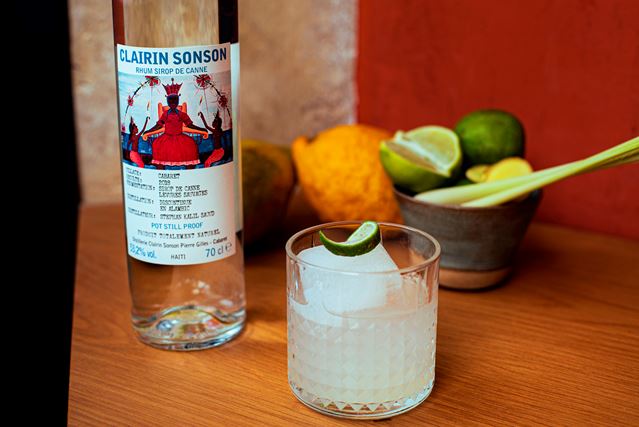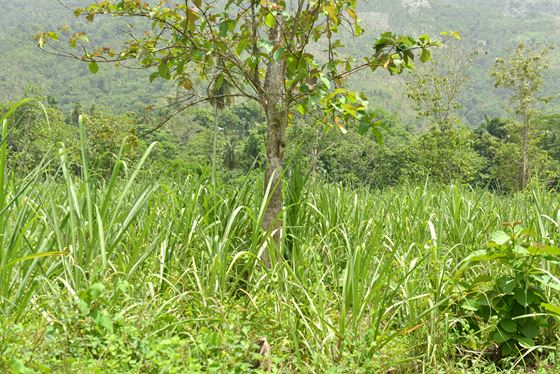
Words by Joe Rogers
Rum as we know it was born in this time, a by-product of the wildly profitable sugar trade. As the years passed, different styles and types of rum began to emerge across the region – styles that even today are defined by the language of colonialism.
The presence of the English, Spanish and French languages in these former colonies of course decides whether the cane spirits made there are referred to as rum, ron or rhum. Simple enough, but this has given rise to the idea that the styles of rum produced in various parts of the Caribbean are strictly defined by their colonial past. This in turn informs assumptions about so-called British rums all being products of molasses and pot stills, and their francophone counterparts being necessarily made from raw cane-juice.
As is often the case with spirits, broad strokes like this tend to obscure important details.
Take for instance Haitian Clairin, a cane-juice distilling tradition that’s been running on Hispaniola for two centuries, give or take. Under the colonial system of classification, this would be a French Caribbean rhum akin to those from Martinique. While the culture, economy and industries of Haiti are forever coloured by the influence of its former rulers, the character of its rum was shaped after the revolution. Cane-juice rum was a way for the free inhabitants of Haiti to trade and to toast, independent of a sugar industry that produced large quantities of surplus molasses.
To call this spirit ‘French-style’ or ‘French heritage’, may provide a convenient way to divide the modern distilleries of the Caribbean, but it doesn’t tell the whole story. Nor does it allow for the great difference in flavour between Haitian Clairin and rums from other nations that have historically, or still do, fly the tricolore.
Likewise, uniting the myriad rums of Barbados and Jamaica as British erases a great many variations and nuances. It’s also outdated given that Barbados declared independence from Britain in 1966 and gained independence from the commonwealth in 2021 – a move Jamaica may soon follow. Defining these rums by a historical association with Britishness would be akin to calling Tequila ‘Spanish new-world brandy’ or Bourbon ‘German-Dutch corn spirit’.
In August 2022, the Wine and Spirit Education Trust issued a new version of its Level 2 Spirits qualification which removes references to colonial classification from its course texts along with the outdated concept of white/golden/dark rum. The introduction of the Gargano Classification and The Whisky Exchange Rum Classification system represent a wider move away from the notion of rum, rhum and ron as representing three discrete styles or flavour camps.
This is not to say that these terms are in themselves wrong – this guide is written in English and so refers to rum, if it were translated into French, this would become rhum. But there’s a whole world of detail and flavour that become apparent when we stop expecting rum to taste a certain way based on the language spoken in the distillery it came from.

